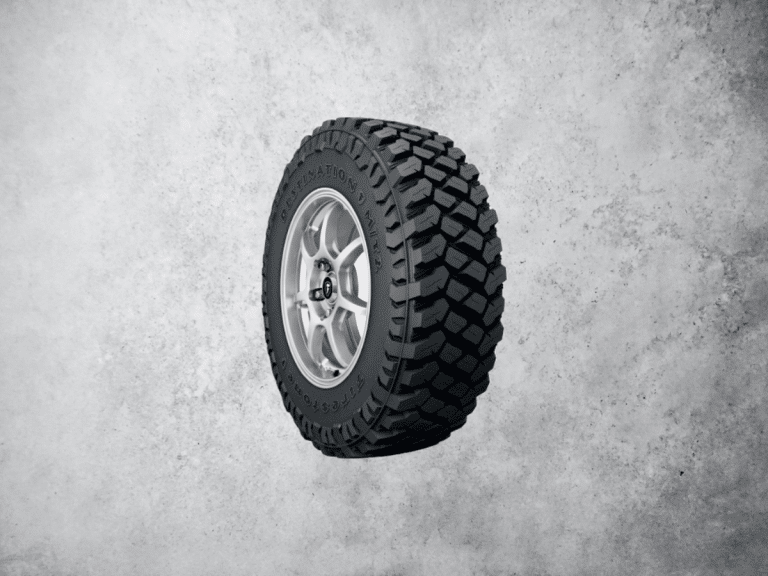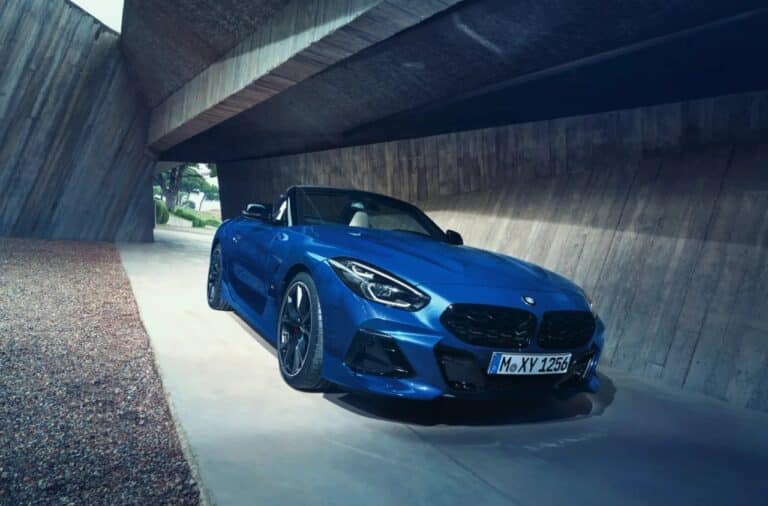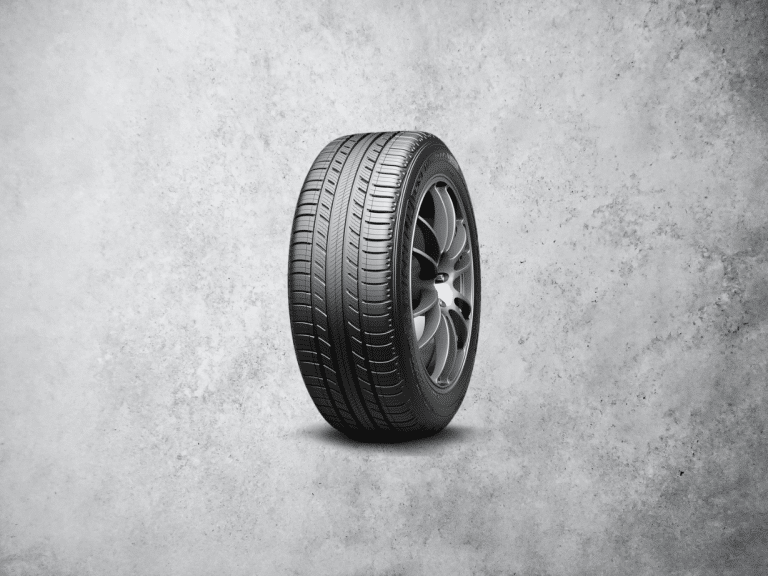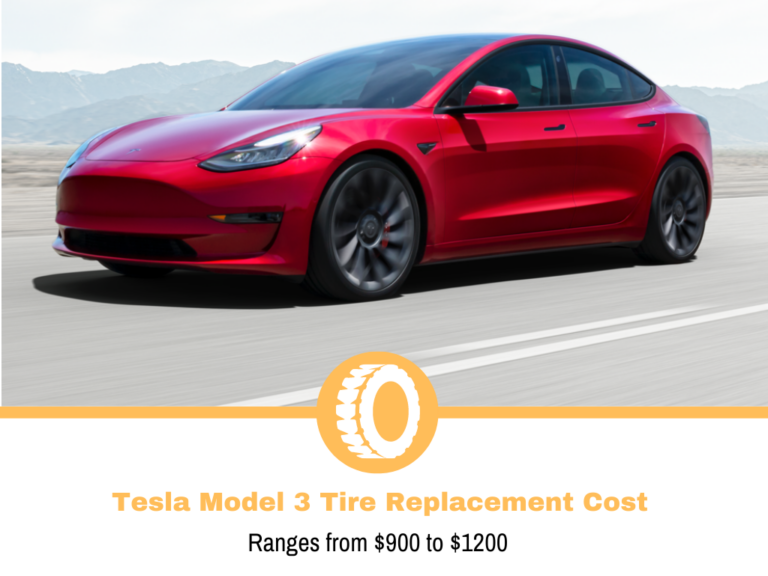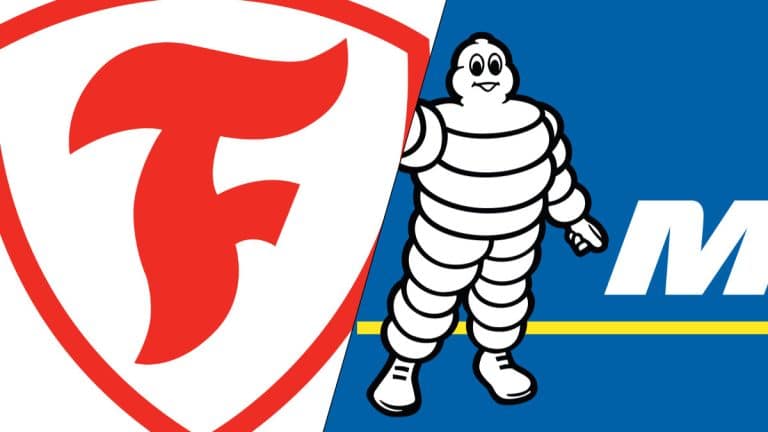Can A Rivian Use Gas?
Rivian currently has two models, the R1T, and the R1S. Both electric vehicles are the first in their class, being a pickup truck and an SUV. The R1T has a range of 314 miles, which is pretty impressive compared to first-generation electric vehicles. But what happens if you do run out of charge; can you add gasoline so you can get to your next charge like a hybrid vehicle?
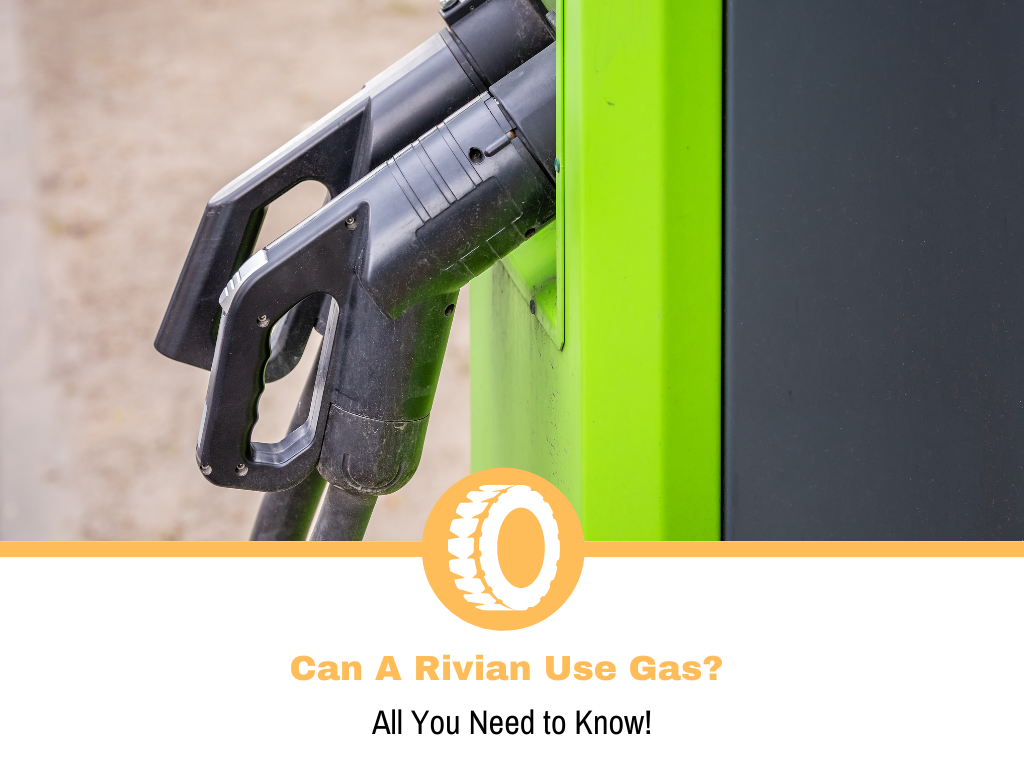
No, you cannot add gasoline to a Rivian. Both the R1T and the R1S are fully electric vehicles, they are not hybrids. They do not have gas tanks, nor do they have internal combustion engines. The only way to get back on the road if you run out of juice is to recharge the battery.
Where Did Rivian Come From, How Does a Rivian Work, and Why Would Gasoline Not Help?
Rivian Automotive, Inc, or “Rivian” started in 2009 under the different name of Mainstream Motors by Robert “RJ” Scaringe. In 2011 the company was finally named Rivian Automotive after first being renamed Avera Automotive, at which point the company started focusing on electric vehicles.
After significant investments in 2015 the company quickly took off and by October 2021 Rivian delivered the first fully electric pickup truck to consumers. There is no doubt as to why other companies have not yet expanded into the electric pickup market. The market is already so big and so competitive, any electric pickup would have to bring some serious advantages to the table in order to be considered competitive.
Some might think that the R1T cannot stand up to a pickup truck that has a traditional internal combustion engine, however, it will in fact give an f-150 a run for its money. Powered by a 135-kWh battery, the four motors give the truck a whopping 800hp and 900 lb-ft.
This kind of power allows the 7,000-lb truck to hit 60 mph from 0 in 3.0 seconds. These are all very good statistics, and technically speaking the Rivian blows other pick-ups out of the water when speaking in terms of gas mileage. But how can we talk about gas mileage when talking about an electric vehicle?
To find the MPG of an electric vehicle we need to know how much energy is in gasoline to convert that into kWh. Fortunately, people far smarter than me have found this to be 33.7kWh per gallon of gasoline. With this we see that the R1T gets a combined gas milage average of 70 represented in MPGe. in city conditions the R1T gets 74 MPGe whereas on highways it gets 66 MPGe.
You might find this odd because with ICE vehicles highway MPG is usually better than city MPG. This is different for the Rivian and most other electric vehicles because they utilize regenerative braking. Regenerative braking is where the motor driving the wheels are switched to generators that harvest the kinetic energy from the moving vehicle.
The harvesting process slows the vehicle down which simultaneously charges the battery. Because there is more braking done in city traffic, the mileage is better because you are charging the battery every time you slow down.
All the above things are possible due to the four powerful motors, one for each wheel, and the 135-kWh battery, soon to be a 180-kWh battery. With this configuration, however, it is imposable to have the vehicle converted to a hybrid where gasoline could be used.
How Does Electric Vehicles Energy Transfer Work?
An electric vehicle, such as the Rivian R1T or R1S, converts stored chemical energy from the battery into electric energy through the wires and controller and finally into kinetic energy by way of electromagnetism in the four motors at each wheel.
This makes for instant torque which produces some impressive acceleration. It also means that whenever the vehicle slows down, those same motors harvest the kinetic energy and become generators, somewhat increasing the range.
Unfortunately, batteries can only transfer charge so quickly which has two main implications. Firstly, it limits the amount of energy that can be recovered by the regenerative brake system.
Secondly, the battery can only charge at a certain rate which prevents quick charging. No matter how much power you have to give, the battery can only take a limited amount at a time.
Additionally, the battery has a limit on how much power it can discharge at a time. However, this shouldn’t be an issue unless you are pushing the vehicle to the limit for an extended period of time.
How Does Internal Combustion Engines Energy Transfer Work?
An internal combustion engine works by converting the chemical energy which is stored in gasoline into kinetic energy. This process happens by igniting the gasoline while it is confined in the piston. The pressure rise pushes the piston down which is where the energy becomes kinetic.
From there the energy has to be transferred through several mechanical components. Electric vehicles such as the Rivian and Tesla have superior acceleration because the energy is delivered almost directly to the wheels. Combustion engines take time to build up power because of this indirect power transfer.
How Do You Recharge a Rivian?
Recharging your Rivian can be as easy as plugging your phone in, well, almost. The Rivian has three levels of chargers: Standard three-pin plug (portable charger, level 1 & 2), dedicated home charging point (level 2), Rivian Waypoints (level 2), and DC fast chargers (level 3).
The portable charger comes with an adapter so that it can be plugged into a NEMA 14-50 outlet, making it a level 2 (240V) charger. When in level 2 mode, the charger provides 7.6 kW which equals 16 miles per hour charging.
As a level 1 (120V) charger, the portable charger will only provide and painfully show a charge of 2.3 kW which translates to a measly 3 miles per hour charging. Though it is slow, it can get you out of a pinch if need be.
The dedicated wall charger provides 11.5 kW charging power which will give you at least 25 miles per hour charging. This charger is the recommended charger for at-home use. The Rivian Waypoint charger is also a level 2 charger but can be found away from home.
The all-mighty level 3 charger can provide over 200-kW of power which will give you up to 140 miles of range in only 20 minutes. The DC fast charger also comes with a few other perks for Rivian users. Firstly, it is exclusive to Rivian owners which means you won’t have to wait for Teslas to finish up.
Furthermore, the level 3 chargers are in the vehicle’s navigation system and will automatically be added to the planned route. Rivian also plans to increase the charging output of the level 3 chargers to 300-kW.
Can You Recharge Your Rivian and Drive at The Same Time?
So, you can’t put gasoline in your Rivian because it doesn’t do anything, but can you put gasoline in a generator and charge your Rivian while driving? Unless you somehow splice a wire in, you cannot move the vehicle while it is plugged in.
I do not recommend jerry-rigging a generator into your system either, for a few reasons. Firstly, most generators are designed to operate when stationary, and even the movement of going down a smooth highway could cause a dangerous situation.
Secondly, you could cause a fire hazard from both the exhaust of the generator and if you use the wrong size wire you could overload it and start a fire. Thirdly, the battery itself could be an issue. As mentioned above, when the battery is overused, it will heat up.
If you were to drain the battery and recharge it at the same time you are highly likely to overload it. An overloaded battery at best will die and at worst it could explode. If you are planning to make a trip far off-grid and need to charge, I would recommend a generator or solar panels. Just don’t try to drive and charge at the same time, that’s a major danger zone.
Are electric vehicles truly the future?
In short, the electric vehicle will most likely be the future. Not only do they have certain benefits like cost-saving, less pollution (environmental and noise), better safety, less maintenance, and higher reliability, they also are popular in the public eye.
Conclusion
Simply put, you cannot put gasoline in a Rivian. They do not have any gas tanks, nor do they have engines that can utilize the stored energy in the gasoline. The only way gasoline will be useful to you is if you have a generator that can charge your Rivian.

